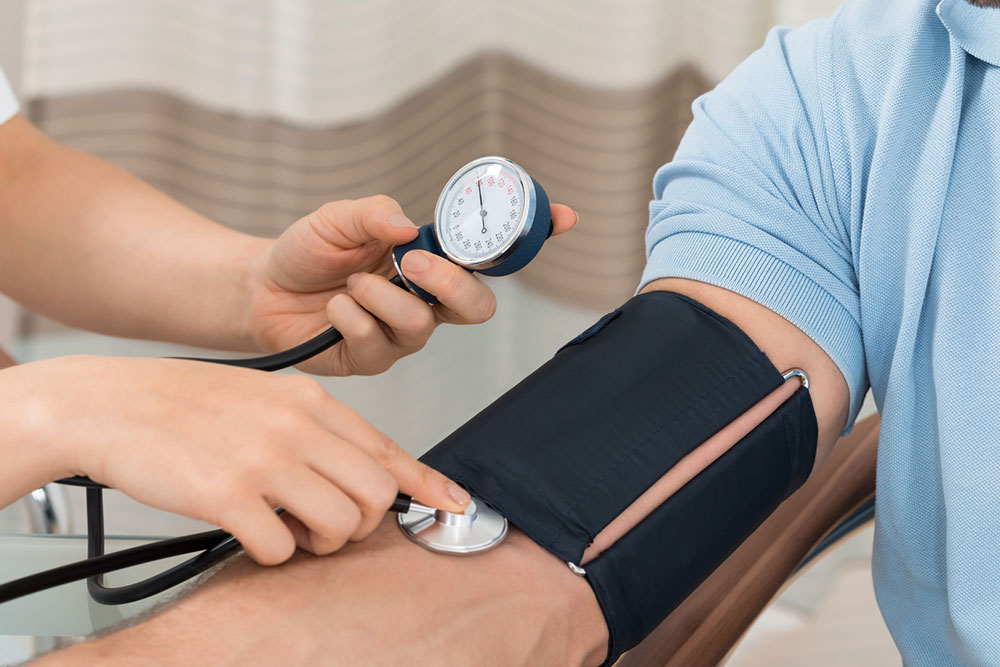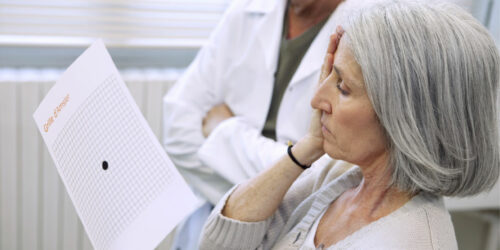6 mistakes that produce false blood pressure readings

Blood pressure (BP) measurement is crucial to gauge one’s health and well-being. This tool comes in handy during emergencies. Some individuals may feel a fast heartbeat with elevated blood pressure, while others with low blood pressure may experience fatigue and dizziness. Having recorded data on blood pressure levels can help the doctor customize a treatment plan. However, there are some mistakes cardiologists want their patients to avoid when recording BP at home.
Incorrect sitting position
A consistent mistake among most blood pressure patients is the sitting position. People tend to forget that blood flow is highly impacted by gravity. By standard directions, blood pressure needs to be measured at the heart’s level. This is applicable to both direct and indirect modes of measurement. Measuring blood pressure with the cuff placed lower than the heart level produces high blood pressure levels. Similarly, placing the cuff higher than the heart level means the readings might indicate low blood pressure. The rule applies to either of the extremities, arms, or legs. These false results could be highly erroneous. For the most accurate reading, the patient needs to be seated upright, with the patient’s arm beside them. If the patient is lying on their side, this too could pose a problem for the reading.
Using wrong cuff size
This is one of the most common mistakes one makes when taking blood pressure readings at home. An incorrectly sized blood pressure monitoring cuff has a higher chance of producing false readings. When the cuff is bigger than necessary, its loose grip can produce false low-pressure results. Similarly, patients might get high blood pressure results with a tighter cuff. This can be concerning in either case when people are not aware of the importance of the right-sized cuff.
Websites like the American Heart Association have shared guidelines intended for the correct blood pressure measurement and readings. If not sure, individuals should ask their practitioners or consultant doctors about measuring the right size of the cuff. One way to confirm that the size is correct is by ensuring that the cuff size is two-thirds the size from the patient’s elbow to their shoulder. Three different cuff sizes are generally available: pediatric, regular adult, and large adult. Patients need to keep a mixture or a single cuff size available based on the requirement.
Incorrect cuff placement
One of the key elements to keep in mind when measuring blood pressure is to ensure that the cuff is secured against the skin and not on top of the clothes. In addition, the stethoscope needs to be placed in the brachial artery over the elbow fold for correct recordings. Again, the patient needs to be sitting with the cuff around the heart level. Ensure that the arm has support around the mid-heart level and that they are not talking. Keeping the legs uncrossed is another critical factor. Blood pressure can oftentimes also be measured at body parts like feet, calves, fingers, and wrists. However, depending on the distance of the body part from the heart, there might be visible variations in the readings. Sitting with legs crossed can also result in a false increased reading of the systolic blood pressure. A significant number of people also noted differences in their blood pressure readings when the recordings were done from the left or right arm. When this happens, the doctors tend to decide the treatment plan based on the preferred location of recording or on the one that produces higher readings.
Forgetting to note down the results
Cardiologists advise their patients to remember to record their readings and to make sure they write them down in a convenient and accessible place. In some cases, patients write down the readings but forget where they noted them. To avoid this, patients can maintain a dedicated notebook or use their phones to record their periodic readings. This makes it easier for both the patient and the healthcare practitioner to review the data, which could be useful in the long run and help them adjust to the patients’ treatment plans.
Insufficient hydration
Improper hydration levels are another contributing factor to false BP readings. It is important to find the right amount of hydration that works for an individual. This is because both excessive hydration as well as dehydration can produce elevated results. Studies suggest that being dehydrated can impact the thickness of the blood present in the body. It is also a reason why patients who have been prescribed blood thinners are encouraged to keep well hydrated. People need to consider the amount of water content they are taking in from food sources. While keeping tabs on hydration levels, ensure the bladder has been emptied before recording blood pressure. Studies have also indicated the connection between elevated blood pressure readings and a full bladder.
Avoiding the sun
The sun is crucial to keep the body functioning and regulated. According to the Journal of American Heart Association, mass studies have found a concrete connection between blood pressure levels and sun exposure. Longer levels of sun exposure have been proven to have lower systolic pressure. Although more research is underway to understand this connection further, there are proven improvements in the blood pressure levels in the observation group. Sitting in the sun, walking, running, or even performing moderate-level activities like yoga and meditation are supposed to be beneficial.



